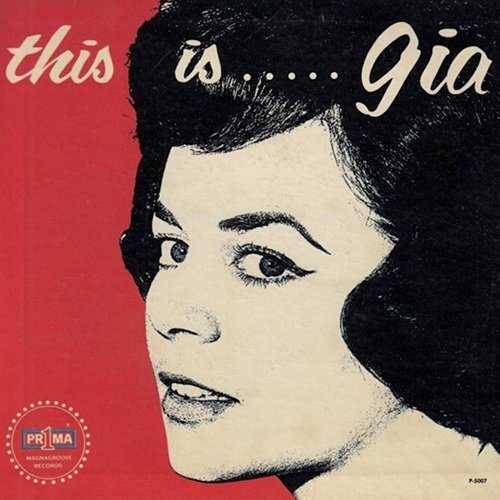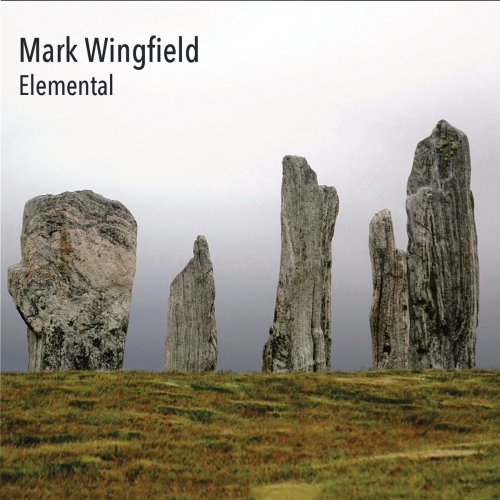Emma Kirkby, Ian Partridge, Thomas David, The Parley Of Instruments, Roy Goodman, Peter Holman - Monteverdi: Sacred Vocal Music (1985)
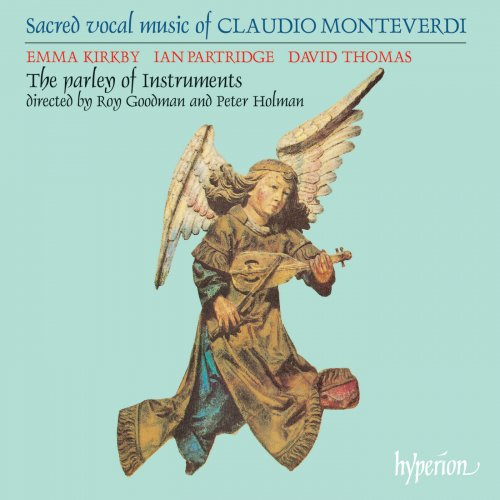
Artist: Emma Kirkby, Ian Partridge, Thomas David, The Parley Of Instruments, Roy Goodman, Peter Holman
Title: Monteverdi: Sacred Vocal Music
Year Of Release: 1985
Label: Hyperion
Genre: Classical
Quality: flac lossless (tracks) +Booklet
Total Time: 00:43:09
Total Size: 193 mb
WebSite: Album Preview
TracklistTitle: Monteverdi: Sacred Vocal Music
Year Of Release: 1985
Label: Hyperion
Genre: Classical
Quality: flac lossless (tracks) +Booklet
Total Time: 00:43:09
Total Size: 193 mb
WebSite: Album Preview
01. Su le penne de' venti, SV 333
02. Confitebor tibi Domine, SV 266
03. Iste confessor Domini sacratus, SV 279
04. Laudate Dominum omnes gentes, SV 197
05. Confitebor tibi Domine, SV 194
06. Confitebor tibi Domine "Alla francese", SV 267
07. Ab aeterno ordinata sum, SV 262
08. Nisi Dominus, SV 200
09. Deus tuorum militum, SV 280
The last forty years have seen an enormous and extraordinary revival in the knowledge and popularity of Monteverdi’s music. But for every hundred people who know Orfeo and the Vespers of 1610 only a handful can be familiar with the rich storehouse of music contained in two massive publications, the Selva morale e spirituale of 1641 and the posthumous Messa a quattro voci et salmi of 1651, which are in the main the fruits of Monteverdi’s thirty years as director of music at St Mark’s in Venice. This recording is an offering which we hope will win new friends for Monteverdi’s later church music. One of the reasons why this marvellous music is still virtually unknown is that it does not conform to the modern image of Monteverdi as a master of massive choral and instrumental effects in the tradition of Giovanni Gabrieli, and some of it is not even choral music at all. The polychoral tradition perfected by Gabrieli, and found to some extent in Monteverdi’s Vespers of 1610, was superseded very soon after Gabrieli’s death in 1612 by a new style based on the fashionable vocal techniques of opera, and on the use of small ensembles mixing both voices and instruments.
It was this concerted style that formed the basis of Monteverdi’s Venetian church music and of the music by his colleagues and followers Alessandro Grandi, Francesco Cavalli and Giovanni Rovetta, as well as by composers beyond Venice. By the late 1620s it had reached Germany through the advocacy of Schütz and Schein, and by mid-century it was common currency throughout Europe. Music of this sort is typically scored for one, two or three voices with continuo. When obbligato instruments are used they are normally limited to violins, and the role of the choir, if it is used at all, is increasingly confined to supporting the solo voices in the tuttis.
Monteverdi and his contemporaries made great efforts to impose formal order on what could be a rather rambling and undisciplined style of music. One favourite technique was the ground bass, which could express the Baroque fondness for diversity within unity, and in particular was a perfect way of setting texts in strophes or verses. Another was the use of repeated string ritornelli enclosing passages of contrasted vocal music, a device first tried out in early opera. Most of the music on this record was intended to be performed during solemn Vespers. By the 1630s Vespers had replaced the Mass as the principal vehicle for elaborate church music in many Italian churches. Monteverdi’s two later printed collections consist largely of the two types of music needed at Vespers: settings of the Psalms and of hymns suitable for the major feasts of the Church year.
We have attempted in this recording to reproduce as far as possible the effect of a performance in St Mark’s during Monteverdi’s lifetime. St Jude’s, Hampstead, where the recording was made, is similar in size and plan to St Mark’s. The Baroque string instruments are played with bows copied by Northern Renaissance Instruments from early seventeenth-century models, which are shorter and more primitive than normal eighteenth-century ‘Baroque’ bows, and articulate in quite a different way. The pitch used is A = 440Hz, which is probably closer to Venetian pitch than than the A = 415Hz, which has become customary in modern performances with Baroque instruments. We have also tried to solve a difficult problem concerning the layout of the continuo instruments. It is generally assumed today that the continuo in Baroque music should be played by both a chord instrument and a melody bass instrument. But what is appropriate to Bach and Handel is not necessarily appropriate to Monteverdi. There is considerable evidence that continuo parts in early Baroque music were not always doubled by a melody instrument in the conventional modern way. On this recording we have used string bass instruments only where the upper strings were playing or where the character of the part seemed to demand it. We used musical texts based in the first place on the complete Monteverdi works edited by Malipiero, but checked and corrected against the original prints—which produced in some cases (e.g. Ab aeterno) readings substantially different from those normally heard.
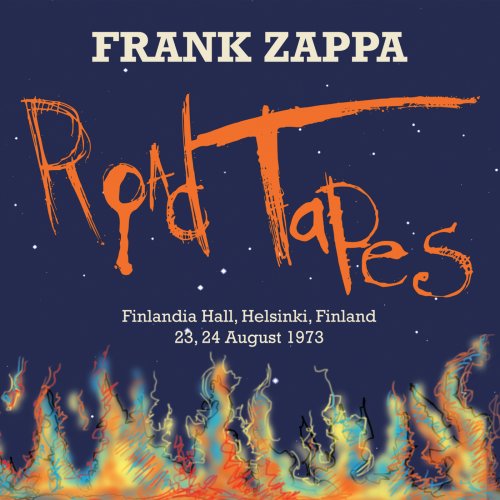
![Ready Player 3 - Ready Player 3 (2025) [Hi-Res] Ready Player 3 - Ready Player 3 (2025) [Hi-Res]](https://www.dibpic.com/uploads/posts/2025-12/1766128773_cover.jpg)
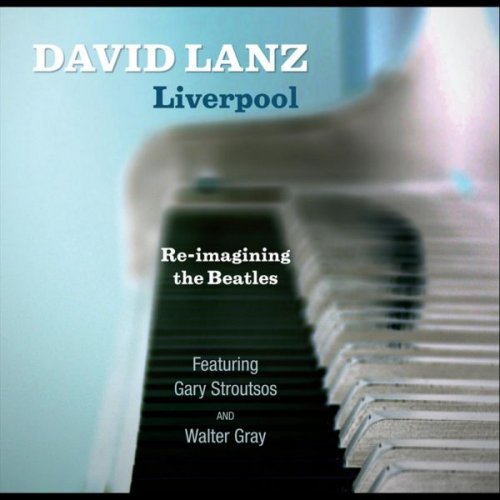

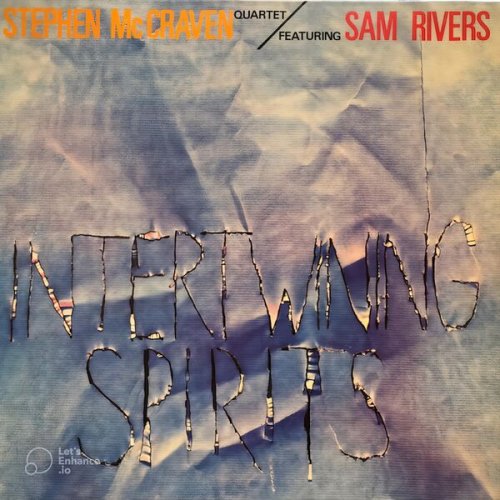
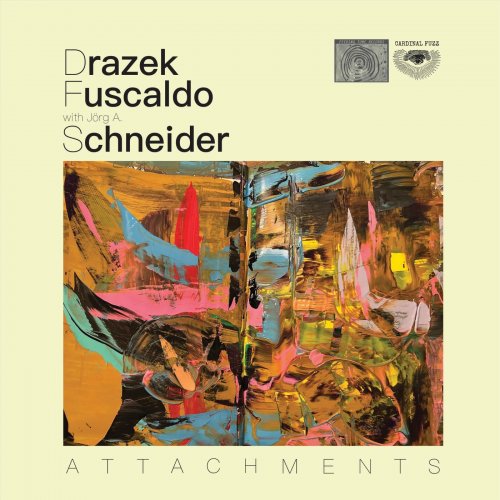
![Leslie Baron - In Jest (2025) [Hi-Res] Leslie Baron - In Jest (2025) [Hi-Res]](https://img.israbox.com/img/2025-12/18/2sqpj360q2wy5vki1452chspo.jpg)
